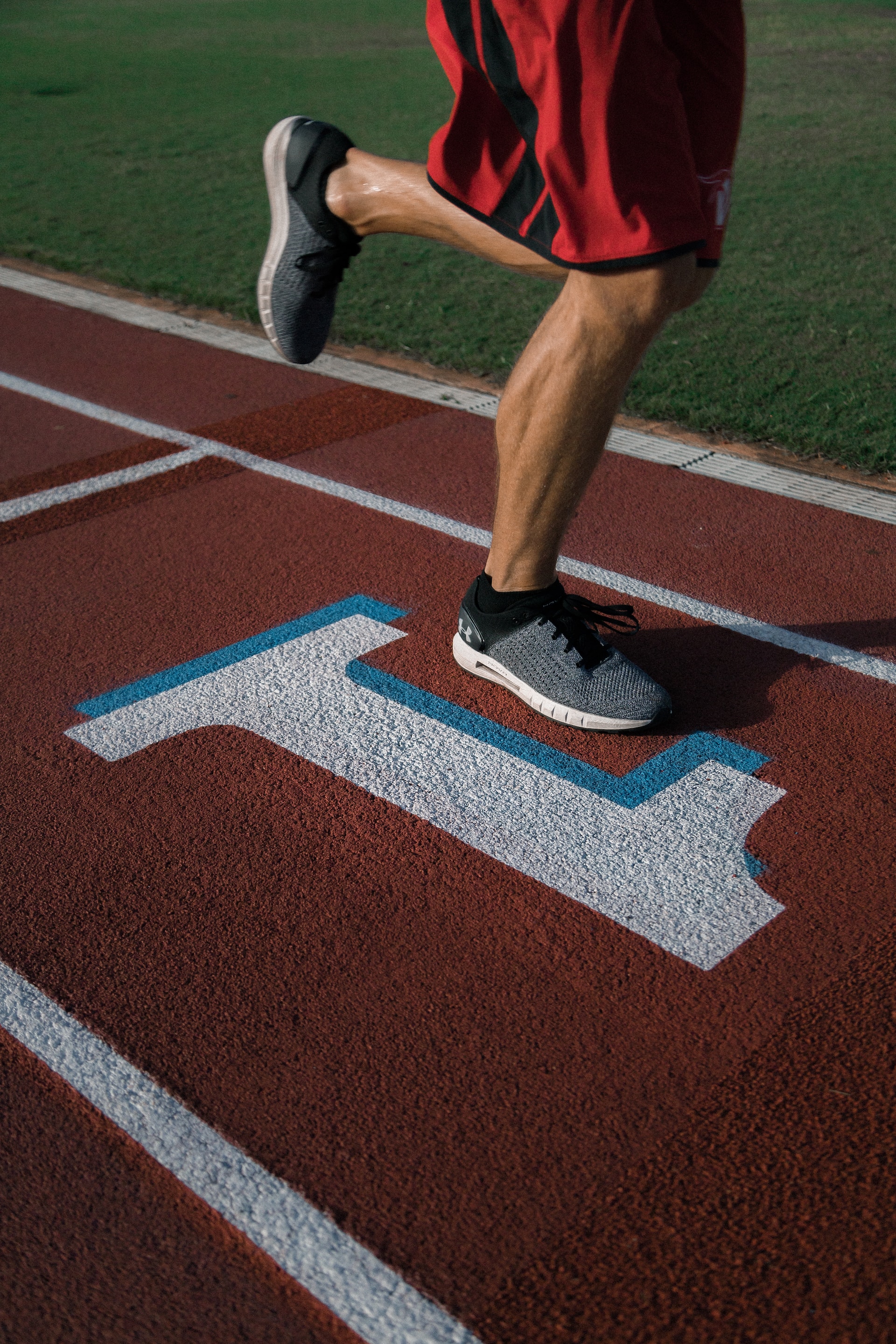After a person has recovered from shin splints, it may return once they resume regular exercise. In this blog, we discuss whether massage can effectively treat shin splints, the most effective areas to massage to treat shin splints and its contraindications. So can massage help shin splints?
Massage has been shown to effectively treat shin splints, prevent further injury and reduce recovery time for affected individuals. Sports massage and deep tissue massage are both good options due to releasing muscle tension and increasing range of motion.
Read on to find out more about how massage can help shin splints and where to massage for shin splints.
What is the Best Massage for Shin Splints?
Shin splints are a very common injury caused by running, sports or other repetitive activity that involves stops and starts. The pain caused by shin splints can last several months if left untreated. This will feel like soreness around the shinbone, or swelling and tenderness around the lower leg.
When it comes to massage for shin splints, massage has shown to be an appropriate treatment as it forces the muscles to relax and release any tension around the affected area. Massage can also help to increase blood flow and reduce swelling, especially where injuries are concerned. When combined with resting, hydrating and gentle exercise, massage can accelerate recovery.
Different types of massage can be used to treat this depending on the location and severity of pain felt by the individual. This includes:
Deep Tissue Massage for Shin Splints
Deep tissue massage can be used to ease the soreness and tenderness caused by shin splints. The muscles are stretched during the massage. This helps to prevent the buildup of scar tissue which in turn, prevents further injury and may speed up the rate of recovery. This allows individuals to resume daily activities quicker but still minimises the risk of injuring themselves further.
It can be an uncomfortable experience as a lot of pressure is applied to the muscles to work through knots. Some individuals can find this pressure to be too much. It is your responsibility to encourage your clients to be honest with you about how much pressure they can handle throughout the session. Individuals shouldn’t feel outright pain, so adjust your technique accordingly.
Sports Massage for Shin Splints
Sports massage focuses on targeting areas of the body that suffer from injury and stress. The intended goal is to speed up recovery and increase flexibility in the affected area, particularly the muscle-tendon junctions. You can then encourage your clients to partake in regular stretching and gentle exercises to further increase mobility. Avoiding the inflamed area along the tibia is important to avoid causing further pain.
Find out more about how sports massage can help recovery in our recent blog.
Trigger Point Massage
This type of massage therapy targets trigger points in the body to relieve tension. It is considered an effective option for shin splints as several different areas are massaged until the affected area is relieved of tension and pain. Pressure points that typically work for shin splints include spot 3 - in the upper third of the shin.
Where to Massage for Shin Splints
Shin splints can be treated with massage to the back of the lower leg. But first, it’s important to be aware of any contraindications that your client may have. Take a thorough history before proceeding.
Follow the below tips when massaging a client for shin splints:
- Position - The client should be laid face down on a massage table with relaxed feet on a rolled towel or hanging over the edge of the table.
- Light Massage - Starting with light stroking techniques allows the muscles to warm up before starting on more intense techniques.
- Deep Massage - Although discomfort is normal, avoid causing pain as this can make clients tense up more and cause further injury.
- Kneading - During the first few sessions, only work as deep is comfortable for the client, then as the injury improves, more pressure can be added to work through knots and relieve tension.
- Light Massage - Return to light stroking techniques to finish off the massage.
Contraindications of Massage for Shin Splints
Massage has been shown to be an effective treatment for shin splints due to relieving the tightness around affected muscles. However there are a few contraindications to consider before the massage can safely be performed including:
- Periostitis - This is the inflammation of the membrane surrounding a bone - this should be avoided during the massage.
- Muscle Strains - If a recent muscle tear or strain is massaged, this can increase internal bleeding, making the injury worse.
- Thrombosis - A common blood clot in the calf muscles - medical attention should be sought immediately to avoid causing serious injury. If you need more information on massages and blood clots, read our recent blog.
Learn more about the contraindications of massage in our dedicated blog.
Final Thoughts
Shin splints can be treated with massage. In particular, sports massage or deep tissue massage have shown to effectively release tension around the affected area and reduce recovery time. As long as contraindications are taken into consideration and the client is honest about how much pressure they can handle, the massage should work effectively.
At Breeze Academy, we teach massage contraindications on our Sports Massage Training courses to ensure that new therapists are knowledgeable, safe, and effective in their treatment. You can take part in Level 3, Level 4, or an accelerated Level 3 and 4 course to suit your requirements. Learn more online today, or get in touch with us for more information.
